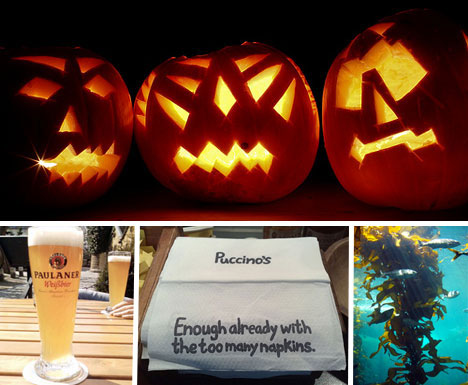Composting is a way of utilizing microorganisms to break down and decompose organic matter. The unique benefits of composting include a reduction of waste needlessly going into landfills and the production of a free stable, organic soil amendment that can’t be beat. Many people compost their yard waste and kitchen scraps, but there are many other materials that are generally thrown away that could easily be converted into compost and given back to the soil instead and far stranger ways to compost than most people realize.
Hair and Nail Clippings


(images via: klauspost, madaise, dvdmerwe, recyclethis, aprillynn77, joeshlabotnik, nightrose, massimobarbieri, skychen)
Human hair is a rich source of nitrogen and can be added to a compost pile or bin. Likewise, fingernail and toenail clippings can also be composted if they are free from all nail polish. If you happen to use peanuts to keep your toes apart during a pedicure, you compost those as well. Some people claim that in addition to being great for the compost, human hair in the garden helps repel deer that can quickly demolish treasured plants.
Beer, Wine and Brewery Waste


(images via: t-loe, sondyaustin, roblisameehan)
As unlikely as it is that you would have any beer or wine going to waste, if you did, it could be added to the compost. Wine can also act as a compost “starter,” and spur the bacteria in the compost to get to work. If you brew your own beer or make wine, the waste products from these processes can also be beneficial to the composting process.
Vaccum Cleaner “Dirt”

(images via: dnamichaud)
When you sweep or vacuum your floor, sofa or keyboard, most of the “dirt” you pick up is usually comprised of crumbs, dust, hair and similar debris. Instead of emptying the dustpan or canister into a wastebasket, it can be put into your compost bin, barrel or pile. Any synthetic fibers that may be picked up will not decompose during the composting process, but they won’t hurt the compost either and can be sifted out later if you wish.
Cotton Balls and Cotton Swabs

(images via: afiler, sundazed)
Used cotton balls and cotton swabs can also be composted. To be sure that your cotton balls and swabs are suitable for composting, check the packaging to make sure they actually are made of cotton, rather than synthetic fibers. Cotton is a natural substance and makes a wonderful addition to compost, but if you use synthetic “cotton balls” for makeup application or in caring for an infant, they will not decompose in the compost bin.
Used Paper Towels, Tissues, Paper Napkins and Toilet Paper Rolls
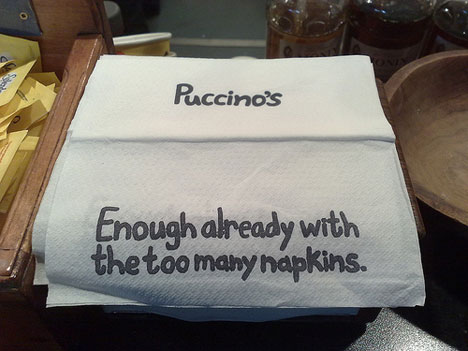
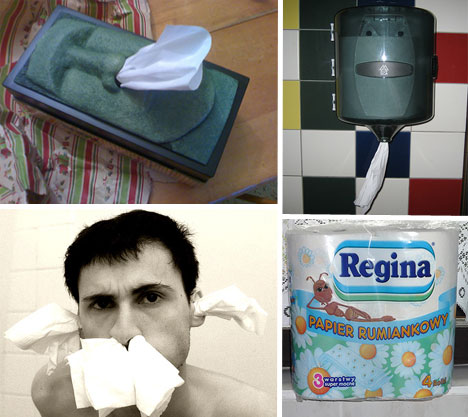
(images via: nickgray, cr01, chanbliss, tudor, osde-info)
Paper products that you use every day and generally toss in the garbage could be composting in your backyard, rather than sitting in a landfill. These items, including the cardboard cores and packaging can ad bulk to your compost. If you have allergies and use a lot of tissues, they can all go in the compost. If you have a cold or other type of viral infection, it may be best to consult a medical professional before composting them. Composting used tissues is a controversial issue. While most cold and flu viruses do not survive for long outside the human body, the jury is still out on composting tissues used during an illness.
Dry Pet Food and Pet Hair

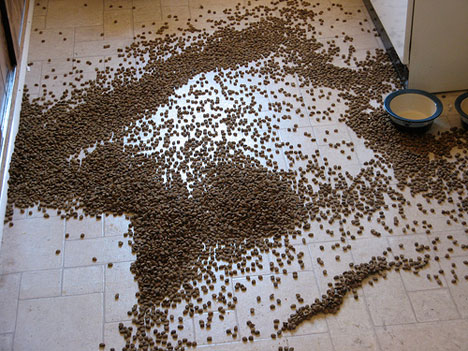
(images via: punkrockkitten, sparkyd, rsgranne)
If you have pets, you probably have a readily and continuously available supply of compostable materials at your disposal. Any dry pet food that might go to waste makes an excellent addition to compost and can kick start the process into high gear. You have surely noticed that your pet sheds a lot too, and all that pet hair can go into the compost as well. Alternatively, in the early spring, you may want to leave clumps of pet hair and dryer lint in bushes near your home to provide native birds with nesting materials.
Dead Flowers
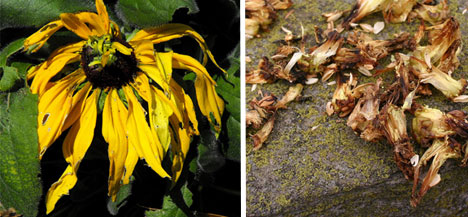
(images via: calevans, rustyboxcars)
When a flower bouquet has seen better days, it can still be put to good use. While no longer fit to provide fragrance or home decor, these dead flowers can complete the circle of life by becoming compost to feed the soil, which will in turn feed the next generation of blooms. Nothing lasts forever, but dead and dying cut flowers can live on by going through the composting process.
Seaweed and Kelp

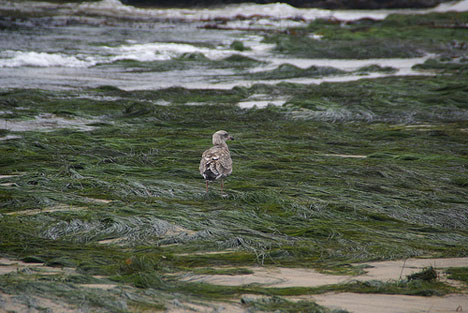
(images via: dbaron, thomasroche, cat-and-dragon)
If you live near a body of water, you can collect seaweed and kelp to add to your compost. Avid gardeners often use seaweed and kelp to nourish their plants, and by adding them to your compost you are increasing the nutritional value of your end product. Compost enthusiasts have been known to drive great distances to harvest these materials, all in the name of better compost.
Unpaid Bills and Shredded Paper

(images via: uzvards, oddharmonic)
Junk mail, bills you don’t intend to pay, magazines and other waste paper can be shredded and added to your compost. Paper is an especially good ingredient during the spring and summer months when carbon-rich dried leaves may not be readily available. If you have a cat, he or she may be willing to do your paper shredding for you, otherwise you can shred it by hand or use a commercial paper shredder to speed up the decomposition.
Halloween Pumpkins and Bales of Straw


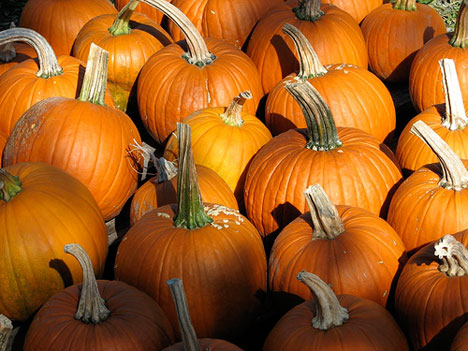
(images via: bdesham, simonashley, N08)
After Halloween, there is usually an abundance of jack-o-lanterns on the curb for trash pick-up. Pumpkins decompose fairly quickly and are an excellent source of nitrogen for compost. Fall decorations also often include bales of straw, which can also be used as a carbon-rich ingredient in the compost pile.
Roadkill
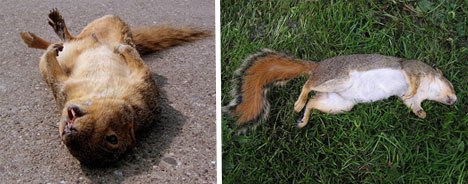
(images via: anticiv, ndanger)
It is always sad when an animal is struck and killed by a vehicle. Even sadder is when they are allowed to remain in the road where they are repeatedly run over, or cause an accident as drivers attempt to avoid hitting them again. It may take a hardcore composter to stop and pick up roadkill, but if a compost pile is at least 3’x3’x3′ in size, small animals can be given an above ground burial and become part of the composting process. In agriculture, when a larger animal dies, there are often large-scale university or state composting programs available to dispose of the corpses.
Green burials for humans are also becoming more of a mainstream option. While human bodies are not composted in the traditional sense, green burials do not rely on concrete vaults or embalming chemicals. The bodies are simply placed in a biodegradable casket and buried in an area that remains as natural as possible.


